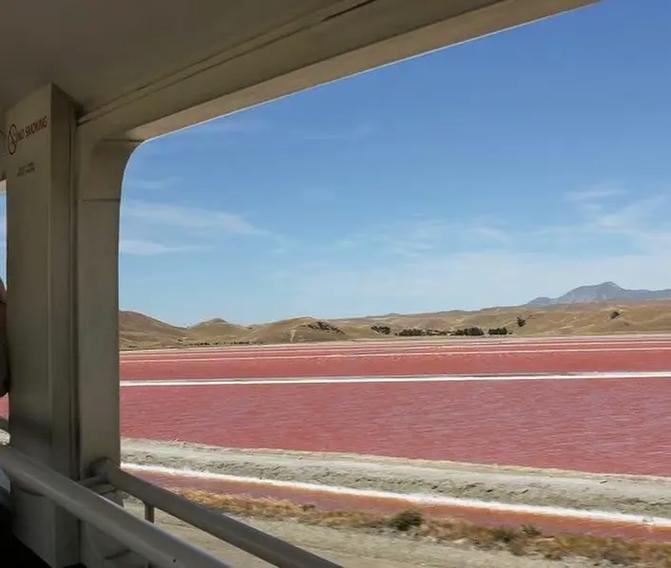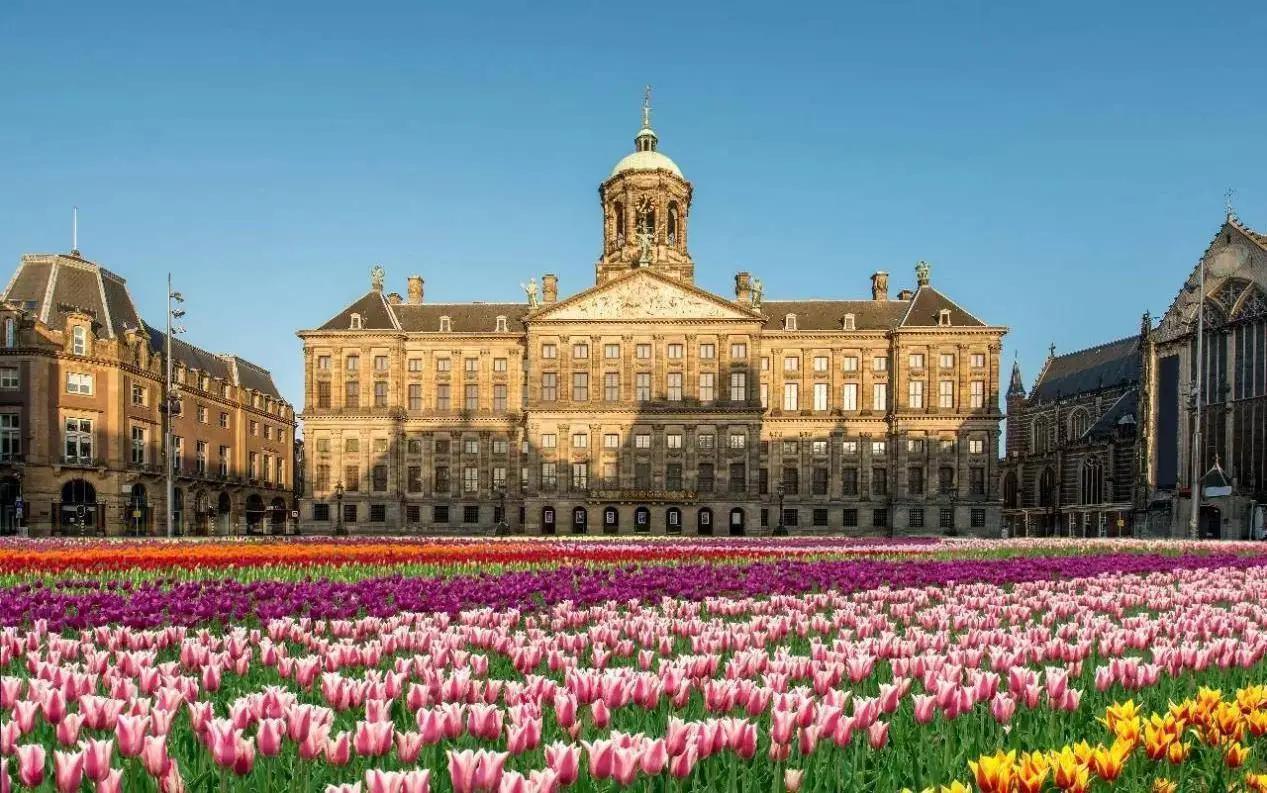Global Travel Information
Addo Elephant National Park, South Africa
Addo Elephant National Park: A Wildlife Haven in South Africa
Introduction
Nestled in the Eastern Cape of South Africa, Addo Elephant National Park stands as one of the country’s most remarkable conservation success stories. Established in 1931 to protect the last remaining elephants in the region, the park has since expanded significantly, now encompassing a diverse range of ecosystems and wildlife. Today, Addo is not only a sanctuary for elephants but also home to the "Big Seven" (including the great white shark and southern right whale in its marine section), making it a premier destination for wildlife enthusiasts.
This article explores the park’s history, biodiversity, conservation efforts, and visitor experiences, offering an in-depth look at why Addo Elephant National Park is a must-visit for nature lovers.
History and Expansion
Addo Elephant National Park was founded in response to the rapid decline of the Eastern Cape’s elephant population due to hunting and habitat destruction. By the early 20th century, only 11 elephants remained in the area. The South African government declared the land a national park to protect these survivors, and under careful management, their numbers steadily grew.
Over the decades, the park expanded from its original 2,000 hectares to over 180,000 hectares, incorporating multiple biomes, including dense thicket, grasslands, and coastal forests. In 2005, the park extended its boundaries to include a marine reserve, becoming one of the few places in the world where visitors can see the "Big Seven" (elephant, lion, leopard, buffalo, rhino, great white shark, and southern right whale).
Biodiversity and Wildlife
Elephants: The Park’s Iconic Residents
True to its name, Addo is renowned for its thriving elephant population. Today, over 600 elephants roam the park, exhibiting natural behaviors rarely seen in more congested reserves. Visitors often witness herds interacting at waterholes, playful calves following their mothers, and bulls engaging in dramatic displays of dominance.
The Big Five and Beyond
While elephants dominate the landscape, Addo is also home to the rest of the Big Five:
- Lions – Reintroduced in 2003, these apex predators have adapted well to the dense vegetation.
- Buffalo – Large herds graze across the park, often seen near water sources.
- Leopards – Elusive but present, these solitary cats are occasionally spotted at dusk.
- Rhinos – Both black and white rhinos are protected within the park’s secure boundaries.
Beyond the Big Five, Addo hosts a wealth of other species, including hyenas, zebras, warthogs, and numerous antelope species such as kudu and eland.

Birdlife and Marine Wonders
Birdwatchers will find over 400 bird species, from the strikingly colorful lilac-breasted roller to the majestic martial eagle. The park’s marine section, part of the Addo Marine Protected Area, offers opportunities to spot dolphins, whales (seasonally), and even great white sharks near Bird and St. Croix Islands.
Conservation Efforts
Addo Elephant National Park plays a crucial role in South Africa’s conservation strategy. Key initiatives include:
- Elephant Management – The park employs non-invasive monitoring techniques to ensure sustainable elephant populations.
- Rhino Protection – Intensive anti-poaching measures, including drone surveillance and armed rangers, safeguard rhinos from illegal hunting.
- Habitat Restoration – Invasive plant species are removed to restore native vegetation, benefiting both flora and fauna.
- Community Involvement – Local communities are engaged in conservation through education and employment programs, fostering long-term environmental stewardship.
Visitor Experiences
Game Drives and Self-Drive Safaris
Addo offers guided game drives led by expert rangers who share insights into animal behavior and ecology. For those who prefer independence, well-maintained roads make self-drive safaris a rewarding option. The park’s waterholes, especially Hapoor Dam, are prime spots for wildlife viewing.
Hiking and Horseback Safaris
For a more immersive experience, visitors can explore the park on foot via guided walking trails or embark on horseback safaris, offering a unique perspective on the landscape.
Marine Adventures
The nearby coastal section allows for boat-based whale watching (June-November) and shark cage diving, adding an exciting aquatic dimension to the Addo experience.
Accommodation Options
From luxury lodges to rustic campsites, Addo caters to all budgets. Main Camp provides comfortable chalets and a swimming pool, while the remote Narina Bush Camp offers an exclusive wilderness experience.
Conclusion
Addo Elephant National Park is more than just a wildlife reserve—it is a testament to successful conservation and ecological restoration. From its humble beginnings as a refuge for 11 elephants to its current status as a biodiverse haven, the park exemplifies the power of dedicated environmental protection.
Whether you come for the elephants, the Big Seven, or the breathtaking landscapes, Addo promises an unforgettable encounter with Africa’s wild heart. A visit here is not just a safari; it’s a journey into one of South Africa’s greatest conservation triumphs.
相关文章
- Elbe River Glamping Sites: Luxury Camping Along the Banks
- Elbe River RV Parks: Stay in Your Camper Near the River
- Elbe River B&Bs: Cozy Accommodations with a Personal Touch
- Elbe River Hostels: Budget Stays for Young Travelers
- Elbe River Business Travel Guide: Meetings & Events Near the Water
- Elbe River Conference Venues: Spaces with River Views
- Elbe River Wedding Venues: Tie the Knot by the Water
- Elbe River Funeral Services: Respectful Locations Along the Banks
- Elbe River Volunteer Opportunities: Help Protect the Waterway
- Elbe River Conservation Efforts: How to Support the Environment
发表评论
评论列表
- 这篇文章还没有收到评论,赶紧来抢沙发吧~


